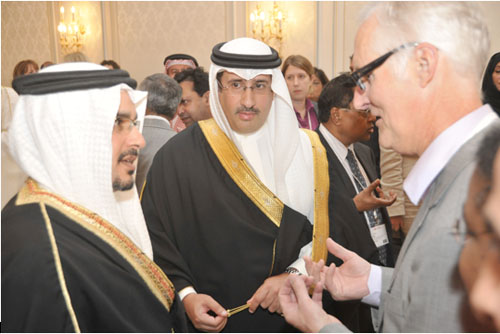
The Fourth Way is a powerful new vision to bring about effective educational reform.
Even after one has identified that the old ways of doing things are no longer working, coming up with system-wide comprehensive solutions as to how to develop better schools and school systems is challenging. Professor Andy Hargreaves and Professor Dennis Shirley believe they have found those solutions. They have examined over three decades of research evidence on educational change around the world in some of the leading education systems, and from these global lessons have developed a dynamic new plan for the future of schooling. I was able to catch up with Hargreaves and Shirley to talk about the inspiring ideas laid out in their latest book, The Global Fourth Way: The Quest for Educational Excellence (Corwin, September 2012). Andrew Hargreaves is the Thomas More Brennan Chair at the Lynch School of Education, Boston College, and is the elected Visiting Professor at the Institute of Education, London. Dennis Shirley is Professor at the Lynch School of Education at Boston College.
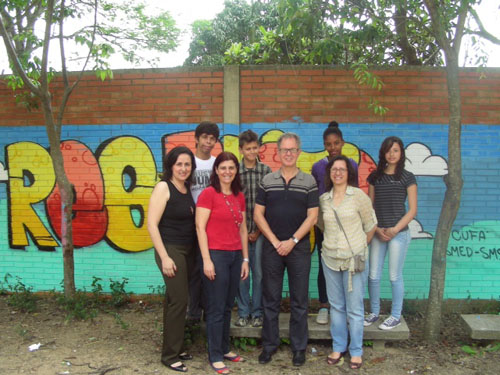
In your own words, what is the Global Fourth Way?
The “First Way” of the 1960s and 1970s created interesting innovations here and there, but it overprotected teachers’ autonomy and kept them isolated from new research, outside scrutiny, and each other.
The “Second Way” that emerged in the 1980s, and that remains pervasive in the U.S. today, enforced consistency through more testing, standardization and accountability, and introduced competition through school choice. Unfortunately, a one-size-fits-all system of prescribed curriculum programs and teaching-to-the-test led to professional disillusionment and made it difficult to attract and retain excellent teachers.
The “Third Way” added data-driven decision-making to US teachers’ toolkits, but it has skewed attention towards the performance metrics themselves and away from the people and the learning that the numbers are meant to represent.
It’s time to move beyond the limitations of these first three ways of change where there has been too much freedom, too much force, or too much fascination with data and spreadsheets.
Our new book describes a better “Fourth Way” that draws on our first-hand international research to get us beyond those limitations. This includes pursuing an inspiring and inclusive vision for US education rather than simply racing to the top, being committing to education as a common good where schools work together for the benefit of all children, and promoting the innovation and creativity that leads to modern economic success. To become more successful innovators, we need to establish platforms for teachers to initiate their own changes and make their own judgments on the frontline, to invest more in the change capacities of local districts and communities, and to pursueprudent rather than profligate approaches to testing. The Fourth Way is about reforming rather than destroying teacher associations, and it integrates technologywith high quality teaching instead of replacing teachers with iPads and online learning at every opportunity.
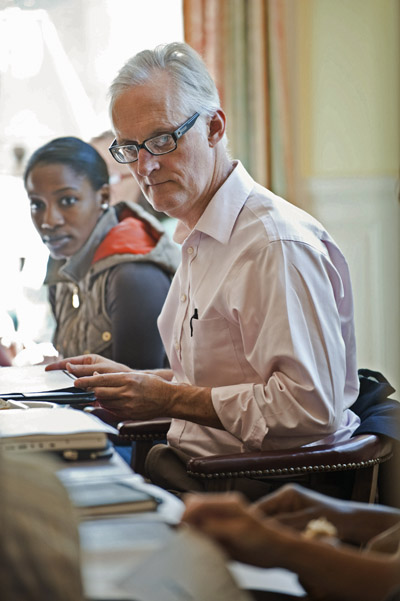
We need high quality teachers and high quality school principals and leadership. What can we learn from your global research about developing school principals and leadership?
Three things are critical. First, in high performing countries, principals are working with highly qualified teachers who come from the top tiers of the graduation range, who have been rigorously prepared in universities and through supervised practice in schools, and who remain in education for all of their careers. The job of principals there is to get the best out of these highly capable teachers, sharpen their collective focus, and keep moving them forward. In the U.S., teachers are less well qualified, less well prepared because they are trained in short programs that occur outside of universities, and they turn over more quickly. This means that principals have to spend excessive amounts of time plugging holes and repairing deficits in the teaching force.
Second, high performing systems know their teachers well long before they even aspire to become principals. District and Government administrators spend a lot of time in schools. They develop, select and certify their leaders over long periods of time, instead of certifying them first, selecting them later and developing them as an afterthought.
Singapore’s performance management process systematically identifies and supports those teachers who have the potential to be future principals.
Finland’s principals are usually selected from and promoted within their own schools where their success is proven, and where their role is to be first among equals in “a society of experts.”
Canadian principals also normally move up within their own district, where, as teachers, they have been known by district staff who get out and about in the schools.
Third, principals spend more time working with their teachers and in classrooms. How can they do this? Because, as Finnish principals told us, they are not spending vast amounts of time constantly reacting to government initiatives or filling out evaluation checklists.

Teamwork and teacher collaboration at school level are important to successful outcomes. What inspiring examples of collaboration have you seen around the world?
Singapore gives 10% “white space” time to all of its teachers to come up with their own innovations outside of the official curriculum. This encourages teachers to turn to their colleagues for inspiration and ideas.
Alberta funds almost all its schools and districts to design and evaluate their own innovations. Teachers are the drivers of change, not the driven. One condition of funding is that schools must have explicit plans to share what they are learning with others.
In Ontario, teachers come together to look at charts of how well all students are progressing in every class. All achievement in every class is completely transparent. This isn’t a strategy to shame poorly performing teachers or even a prompt to come up with quick fixes that will get rapid gains in test scores. Instead, teachers look at the faces behind the numbers and develop a strategy for each child. Across all grades, all teachers take collective responsibility for all students’ success.
In Finland, within very broad government guidelines, teachers create their own curriculum together across schools in every community and district. They don’t confine collaboration to their own individual schools and to just implementing other people’s ideas.
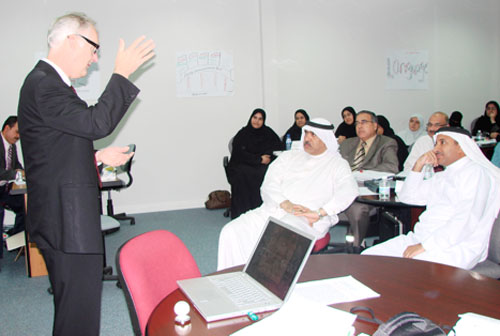
What did you learn from studying the California education system (CTA) example?
In 2005, the California Teachers’ Association sued Governor Arnold Schwarzenegger for taking more than $5 billion out of the state’s education budget and thereby violating state legislation that provided a minimal funding ratio for the schools. The Governor settled the lawsuit in 2006 and the CTA used the restored funds to create a new “Quality Education Investment Act” (QEIA) that concentrated on working with close to 500 schools serving the state’s most needy students. QEIA schools receive special funding for reduced class sizes, professional development, leadership training, and, in the high schools, more guidance counselors. In every QEIA school, teacher leaders are responsible for the resources and the strategy. Early results indicate that QEIA schools are performing better than non-QEIA schools in similar circumstances. This is especially true for students of color and in poverty.
The CTA example challenges everyone to understand that all teachers’ unions must undergo the kind of internal transformation that has been occurring within the CTA. What teacher unions now need is the same as schools and school systems: greater collective professionalism focused on teaching and learning across the spectrum.
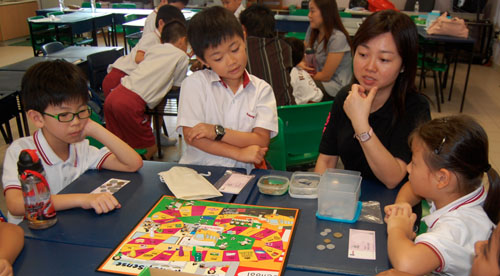
I was interested in what you say about professional development in Singapore in terms of the systematic approach to teachers’ professional growth. Can you explain how they approach PD?
Teacher assessment is very rigorous in Singapore and is closely tied to teachers’ professional development. After completing their first years of teaching, all teachers are invited to a periodic “tea time” with their principal or a Ministry of Education official to go over their evaluations, discuss their current aspirations, and explore possibilities for continuing learning and professional growth in the years to come. Singaporean teachers move along one of three tracks (master teacher, administrator, curriculum leadership) and switch between them as they reflect on their progress. Singaporean teachers also move back and forth between their teaching roles and positions in the Ministry of Education or the National Institute of Education, where all teachers and principals are trained to develop and contribute to a greater understanding of the profession as a whole.
Clayton Christensen has stated that “online learning is entering the system in a way that could eventually disrupt the classroom.” What are your thoughts on this?
There is much to admire in Christensen’s prediction, which we discuss in detail in our book. But we disagree with his assertion that great teachers can be replaced by online alternatives. The futuristic claim that technology will triumph over teachers ignores all the social and relational dimensions of teaching and learning. These include inspiration, impulse control, being part of an inclusive and diverse community, finding different ways to be engaged with your learning, and receiving adult guidance in making judgments and decisions, including those that occur online. Neglect of these dimensions has defeated the champions of television, video and teaching machines throughout history.
However, technology does have a role to play in today’s schools if it is effectively yet judiciously integrated in the culture of our schools. In Singapore, we have seen teachers use Twitter to collect real-time feedback from their students. In Ontario, assistive technologies help students with learning disabilities to make great strides forwards, especially when new technologies are part of all students’ learning. In these cases innovative technologies and effective teaching are working together, rather than at cross-purposes.
The Second and Third Ways of U.S. education reform are giving us more markets, more mandates, and more machines as answers to all our ills. This is the opposite of what high performers are doing everywhere. America will not achieve high-performance if it replaces teachers with machines or turns teachers into machines. It will only improve its schools when it, too, embraces an inspiring vision for the common good that rests upon the high quality and effective collaboration of its teachers and leaders.

Photos courtesy of Andy Hargreaves and Dennis Shirley.
In The Global Search for Education, join me and globally renowned thought leaders including Sir Michael Barber (UK), Dr. Michael Block (U.S.), Dr. Leon Botstein (U.S.), Professor Clay Christensen (U.S.), Dr. Linda Darling-Hammond (U.S.), Dr. Madhav Chavan (India), Professor Michael Fullan (Canada), Professor Howard Gardner (U.S.), Professor Andy Hargreaves (U.S.), Professor Yvonne Hellman (The Netherlands), Professor Kristin Helstad (Norway), Jean Hendrickson (U.S.), Professor Rose Hipkins (New Zealand), Professor Cornelia Hoogland (Canada), Honourable Jeff Johnson (Canada), Mme. Chantal Kaufmann (Belgium), Dr. Eija Kauppinen (Finland), State Secretary Tapio Kosunen (Finland), Professor Dominique Lafontaine (Belgium), Professor Hugh Lauder (UK), Professor Ben Levin (Canada), Lord Ken Macdonald (UK), Professor Barry McGaw (Australia), Shiv Nadar (India), Professor R. Natarajan (India), Dr. Pak Tee Ng (Singapore), Dr. Denise Pope (US), Sridhar Rajagopalan (India), Dr. Diane Ravitch (U.S.), Richard Wilson Riley (U.S.), Sir Ken Robinson (UK), Professor Pasi Sahlberg (Finland), Andreas Schleicher (PISA, OECD), Dr. Anthony Seldon (UK), Dr. David Shaffer (U.S.), Dr. Kirsten Sivesind (Norway), Chancellor Stephen Spahn (U.S.), Yves Theze (Lycee Francais U.S.), Professor Charles Ungerleider (Canada), Professor Tony Wagner (U.S.), Sir David Watson (UK), Professor Dylan Wiliam (UK), Dr. Mark Wormald (UK), Professor Theo Wubbels (The Netherlands), Professor Michael Young (UK), and Professor Minxuan Zhang (China) as they explore the big picture education questions that all nations face today. The Global Search for Education Community Page
C. M. Rubin is the author of two widely read online series for which she received a 2011 Upton Sinclair award, “The Global Search for Education” and “How Will We Read?” She is also the author of three bestselling books, including The Real Alice in Wonderland.
Follow C. M. Rubin on Twitter: www.twitter.com/@cmrubinworld



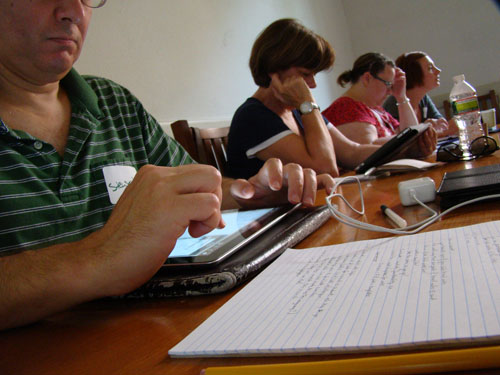
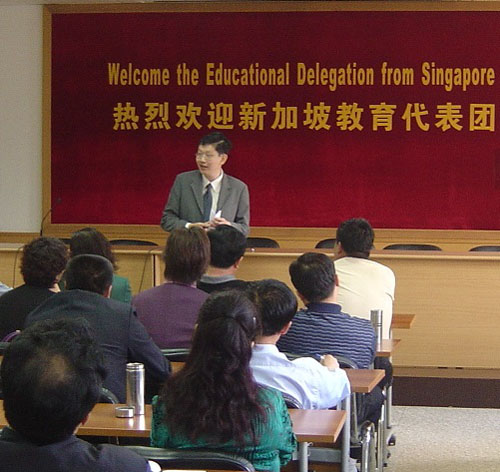
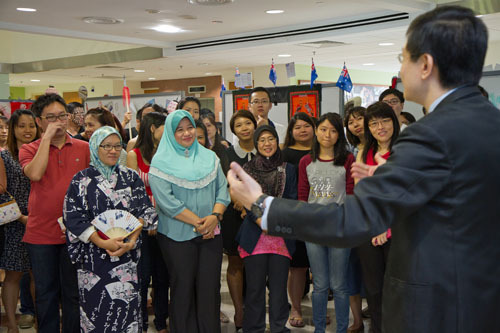
Recent Comments